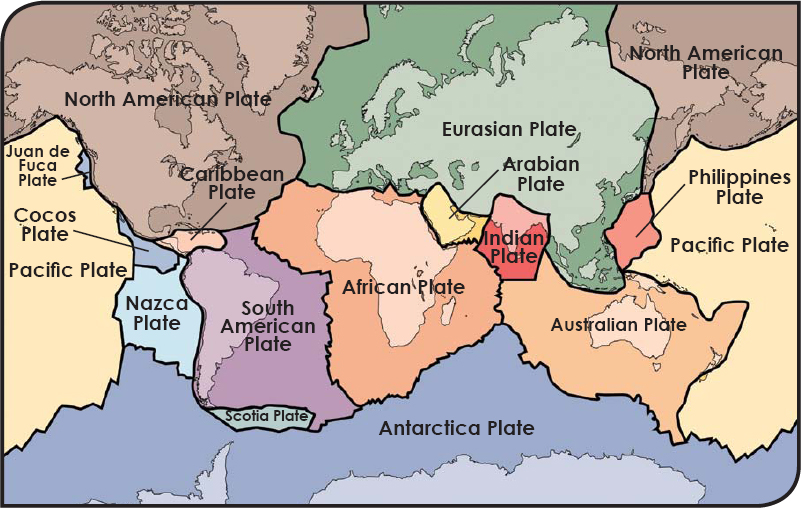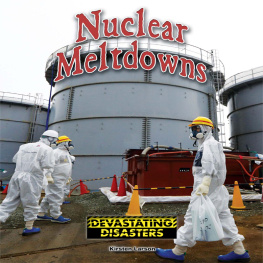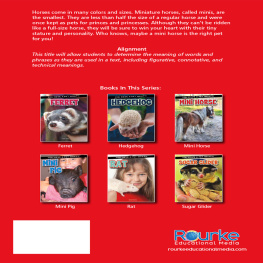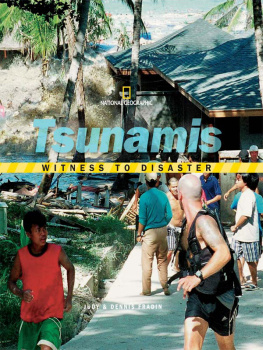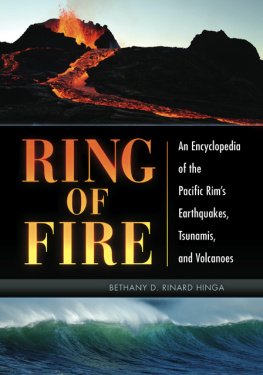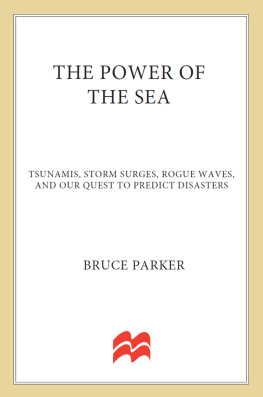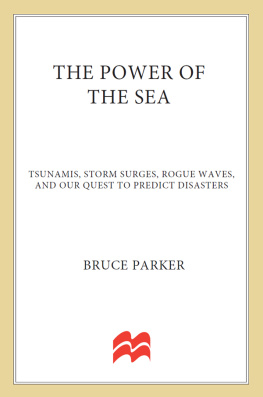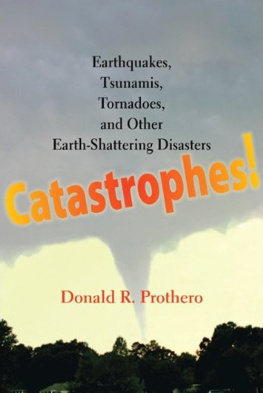Table of Contents
Guide
TSUNAMIS

Kirsten W. Larson

rourkeeducationalmedia.com | 
Scan for Related Titles
and Teacher Resources |
Before & After
Reading Activities | Level: RWord Count: 2,677 words 100th word: toward |
Before Reading:
Building Academic Vocabulary and Background Knowledge
Before reading a book, it is important to tap into what your child or students already know about the topic. This will help them develop their vocabulary, increase their reading comprehension, and make connections across the curriculum.
Look at the cover of the book. What will this book be about?
What do you already know about the topic?
Lets study the Table of Contents. What will you learn about in the books chapters?
What would you like to learn about this topic? Do you think you might learn about it from this book? Why or why not?
Use a reading journal to write about your knowledge of this topic. Record what you already know about the topic and what you hope to learn about the topic.
Read the book.
In your reading journal, record what you learned about the topic and your response to the book.
After reading the book complete the activities below.
Content Area Vocabulary
Read the list. What do these words mean?
bacteria
contaminated
continents
debris
earthquake
epicenter
landslides
seismic
subduction
submarine
tectonic plates
After Reading:
Comprehension and Extension Activity
After reading the book, work on the following questions with your child or students in order to check their level of reading comprehension and content mastery.
How do landslides and volcanoes cause tsunamis? (Summarize)
Why do most tsunamis start in the Ring of Fire? (Asking questions)
What are some ways you can help after a tsunami? (Text to self connection)
Can a tsunami affect ocean life? (Infer)
What causes the ocean to bubble? (Asking questions)
Extension Activity
Create a tsunami wave in a bottle. You will need a two-liter plastic bottle, small gravel to fit inside, and water. Fill the bottle with about two inches of gravel. Then fill the water bottle up halfway with water. Now, slowly lay the bottle on its side. The gravel should create a hill inside. Carefully move the bottle up from the cap. This creates the earthquake inside the bottle. What happens when you lift the bottle? What do the gravel and water represent?
WATER WALL
By 7:29 a.m. on December 26, 2004, Jaloe had nudged his fishing boat out to sea. The skies were clear in Sumatra, Indonesia. Suddenly, Jaloe felt his boat shake. The ocean looked like it was about to boil. He thought the shaking and boiling were from a ghost in the water. He didnt know it was an was located just 50 miles (80 kilometers) away.
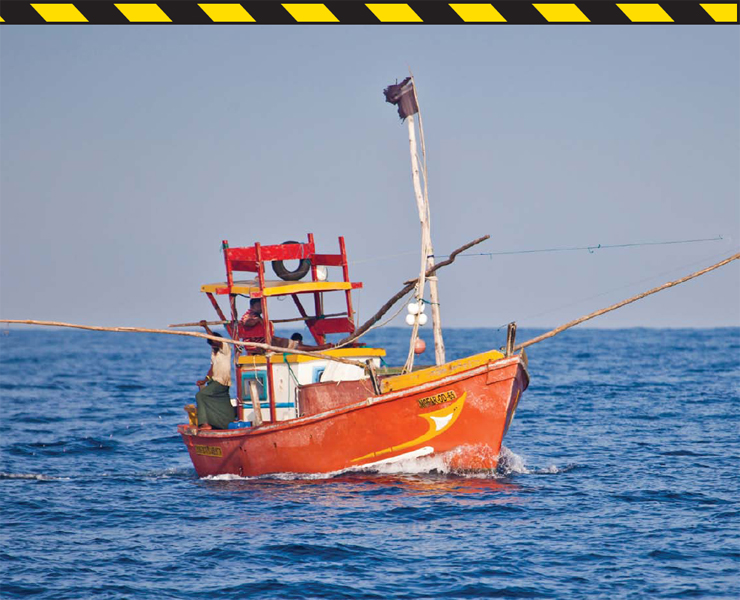
The 2004 tsunami was so powerful it lifted fishing boats from the sea and dropped them on land. In some areas, the waves carried the wreckage almost four miles (six kilometers) inland.
Like a pebble plunking into a pond, the earthquake set off a series of powerful waves called a tsunami. The waves rushed toward land faster than jet plane speeds, up to 500 miles (800 kilometers) per hour. As the waves neared shore, they sounded like a jet plane, too.
And they delivered disaster.
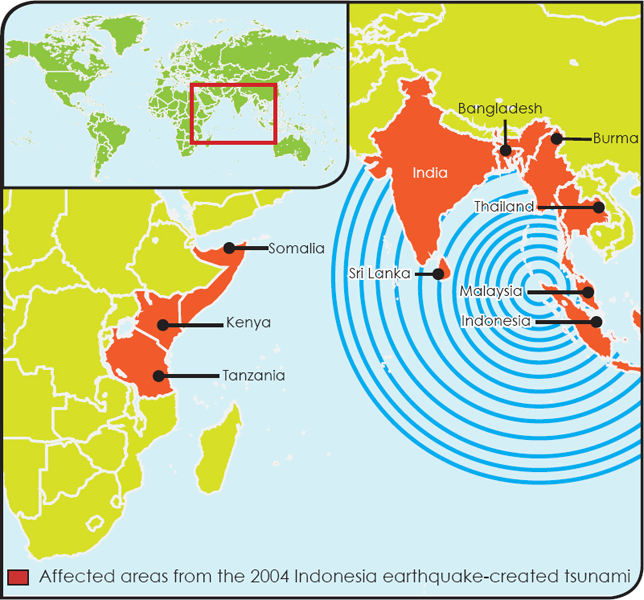
The tsunamis waves traveled more than 4,000 miles (6,400 kilometers). It damaged property and hurt people as far away as Africa.
Approaching land, the waves grew into a wall of water five stories high. When they crashed down, they leveled Jaloes hometown of Banda Aceh. In the final count, more than 250,000 people died or went missing. More than a quarter of those people came from the town of Banda Aceh.
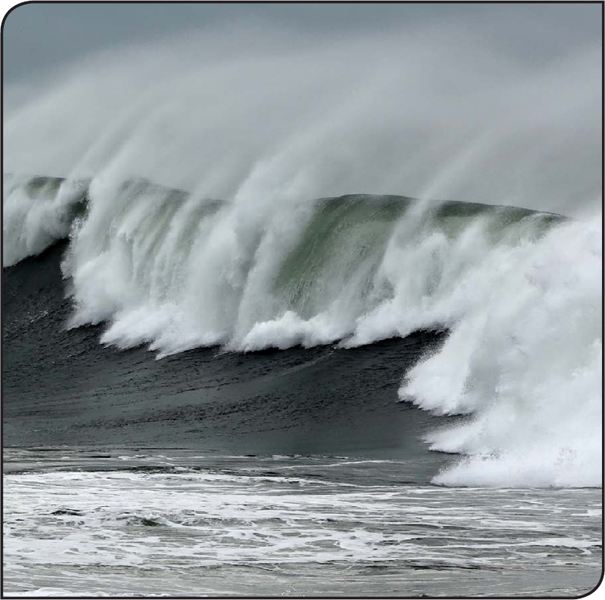
Within hours of the earthquake, huge waves radiating from the epicenter slammed into the coastlines of 11 countries, damaging countries from east Africa to Thailand.
Jaloe was lucky. He steered his boat out to sea as the wave approached. He survived. But other fishermen headed straight for shore. They perished. Along the shoreline, many people had no idea what was happening. Some clung to coconut trees as the waves rolled in. A few scrambled to higher ground. Still others rushed toward the water to capture fish flopping around on the ocean floor.
In the town, the tsunami swept away buildings, homes, and schools. Jaloe later found an empty lot where his home once stood. He never found his wife.
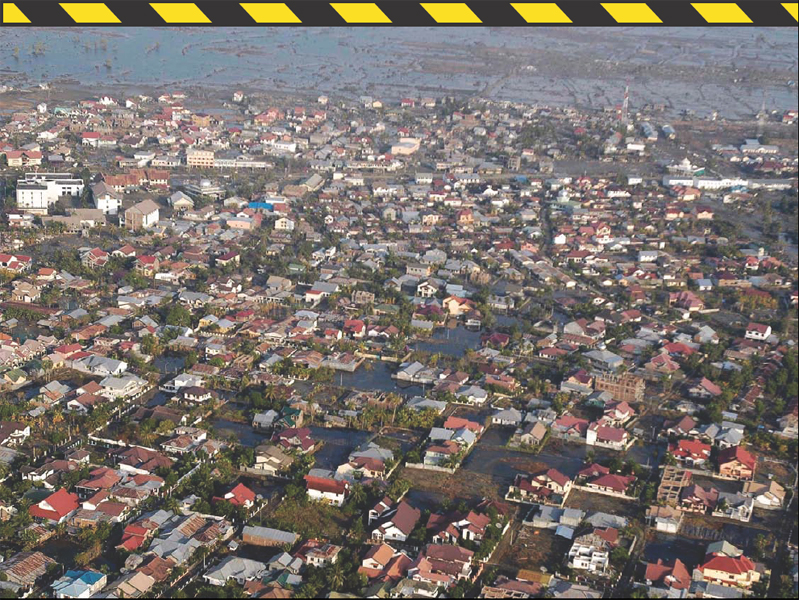
Although there were several hours between the earthquake and the impact of the tsunami, nearly all of the victims were taken completely by surprise because there were no tsunami warning systems in place.
While the tsunami destroyed everything in its path, it also dropped everywhere when the water receded. It cast boats onto the dry ground. It overturned cars. Officials estimated the damage at more than ten billion dollars. It took five years to clean up.
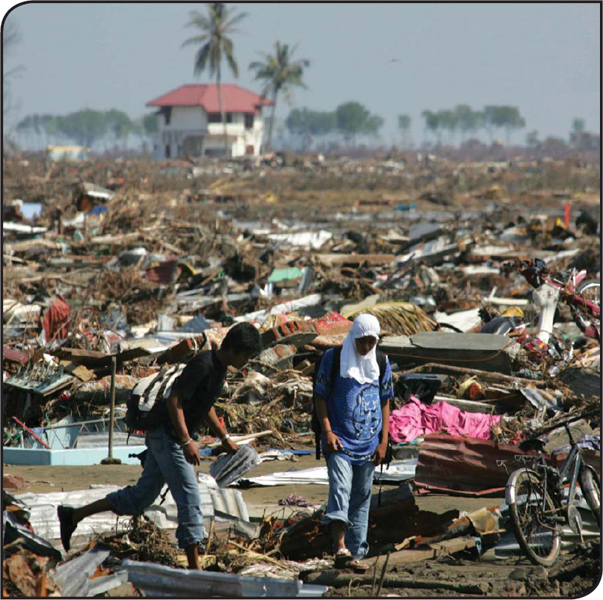
The tsunami left the people of Banda Aceh with 13 million cubic yards (10 million cubic meters) of trash. Much of it washed out to sea. People burned some of the debris, but other trash was recycled to build roads and buildings.
The Indonesian tsunami of 2004, known as the Boxing Day Tsunami, was by far the worst in recorded history. It reached more than a dozen countries. Nine hours after the earthquake, the tsunami reached Kenya, which is more than 4,000 miles (6,400 kilometers) away. Five-foot-high (1.5 meter) waves dragged hippopotami out to sea and killed three swimmers.
What is this powerful force?
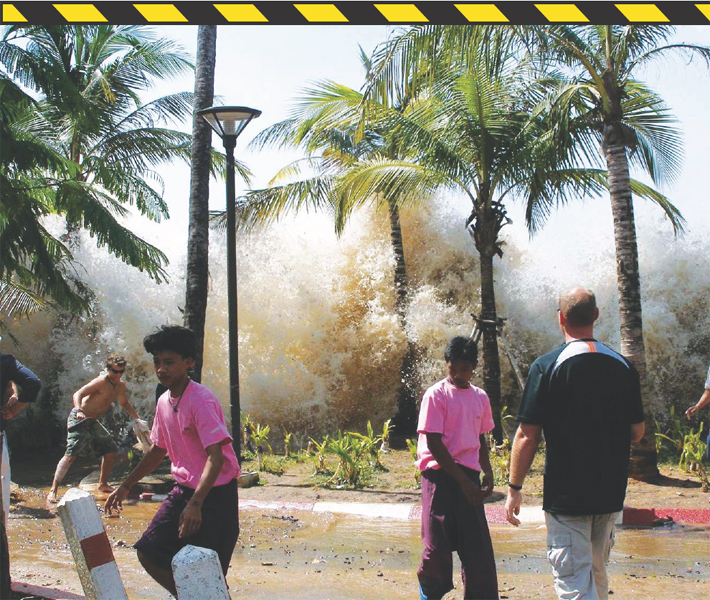
In Thailand, waves as tall as 13 feet (4 meters) hit many beach resorts, causing widespread damage and injuries.
TSUNAMI CENTRAL
Although tsunami means harbor wave in Japanese, tsunamis typically start far from the harbor. Deep in the ocean, pieces of the Earths crust, the uppermost layer, crash into each other or slip past each other. These pieces of crust are called . They float on melted rock underneath, like rafts float on a river. When these plates crash or grind past each other, earthquakes happen.
